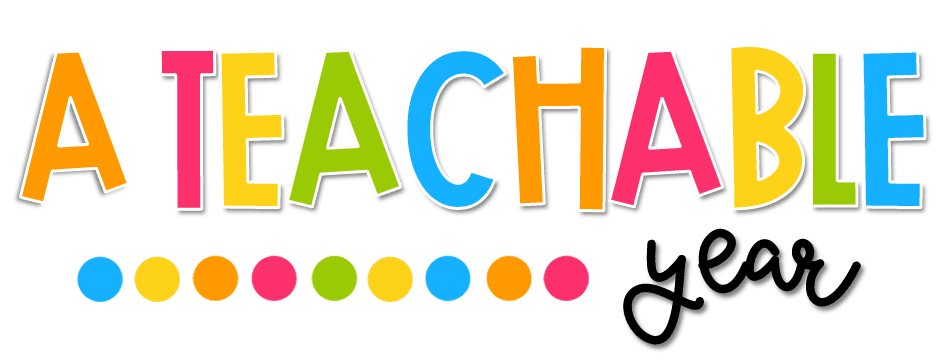Sequencing activities and cards serve as invaluable assets in ESL classrooms, fostering language development while honing students’ ability to comprehend and arrange information in chronological order. These resources not only reinforce linguistic skills but also cultivate critical thinking and logical reasoning. Let's delve into how sequences activities and cards can enrich your ESL lessons.
Understanding Sequences Activities and Cards
Sequencing activities involve arranging a series of events or steps in their correct order. Sequencing cards typically depict visual representations of these events or steps on individual cards, allowing students to manipulate and organize them in a logical sequence.
Advantages of Using Sequences Activities in ESL
Enhanced Comprehension: Sequencing tasks encourage students to comprehend the order of events or steps, promoting a deeper understanding of narratives or processes.
Language Reinforcement: Students articulate their understanding of sequences using English, reinforcing vocabulary related to time, transitions, and sequential language.
Critical Thinking: Analyzing and organizing information sequentially sharpens students’ critical thinking skills, aiding in logical reasoning and problem-solving abilities.
Storytelling Skills: Sequencing activities provide a framework for students to narrate or retell stories in a coherent sequence, improving their storytelling proficiency.
Incorporating Sequences Activities in ESL Lessons
Story Sequencing: Use cards illustrating key events from a story. Students arrange the cards in the correct sequence and narrate the story using English language skills.
Procedural Sequences: Display cards depicting step-by-step processes (e.g., making a sandwich or planting a seed). Students organize the cards to outline the correct sequence of actions.
Timeline Construction: Create cards representing historical events or a character's journey. Students arrange the cards chronologically on a timeline and describe each event in English.
Sequencing Games: Design interactive games where students manipulate cards to form sequences competitively or collaboratively, encouraging active participation and language use.
Writing Prompts: Provide cards with scrambled sentences. Students rearrange the cards to form grammatically correct and coherent sentences.
Story Sequencing: Use cards illustrating key events from a story. Students arrange the cards in the correct sequence and narrate the story using English language skills.
Procedural Sequences: Display cards depicting step-by-step processes (e.g., making a sandwich or planting a seed). Students organize the cards to outline the correct sequence of actions.
Timeline Construction: Create cards representing historical events or a character's journey. Students arrange the cards chronologically on a timeline and describe each event in English.
Sequencing Games: Design interactive games where students manipulate cards to form sequences competitively or collaboratively, encouraging active participation and language use.
Writing Prompts: Provide cards with scrambled sentences. Students rearrange the cards to form grammatically correct and coherent sentences.
Tips for Effective Use of Sequences Activities and Cards
Visual Representation: Ensure cards feature clear and visually engaging images that facilitate understanding, especially for visual learners or students at lower language proficiency levels.
Structured Discussion: Encourage students to discuss their sequence choices, reasoning, and connections between events, fostering language-rich conversations.
Variety in Sequencing Tasks: Introduce diverse activities to cover different aspects of sequencing, catering to various learning styles and proficiency levels.
Feedback and Review: Conclude the activity with a discussion or review session, allowing students to reflect on their sequencing choices and providing feedback.
Sequences activities and cards are invaluable assets for ESL educators seeking to nurture language proficiency, critical thinking, and storytelling skills among students. By engaging in these activities, students not only strengthen their understanding of chronological order but also enhance their ability to communicate and reason in English.
Integrate sequences activities into your ESL lessons as a catalyst for language development and cognitive growth, empowering students to navigate narratives, processes, and historical events with confidence and proficiency in English.




No comments
Post a Comment
Thanks for your comment!